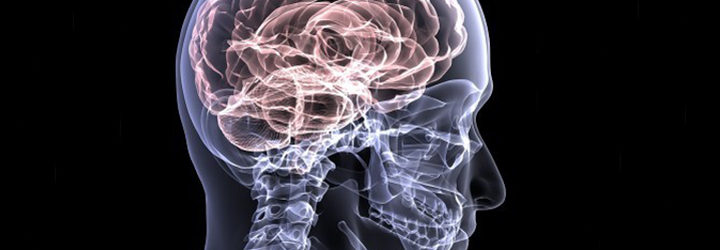3 minute read
One of the deadliest diseases affecting Americans is Alzheimer’s Disease. According to the Centers for Disease Control and Prevention (CDC), “Alzheimer’s disease is not a normal part of aging,” but nonetheless, it affects 5.7 million Americans as of 2018. This disease, defined by the Alzheimer’s Association as, “a brain disease that causes a slow decline in memory, thinking and reasoning skills,” is also proving to be costly: 16.1 million Americans are providing unpaid care to people living with Alzheimer’s. It was estimated by the Alzheimer’s Association that Alzheimer’s and other dementias were going to cost the U.S. $277 billion in 2018.
It is expected to affect 14 million people by 2050.
Multiple research teams are attempting to find a possible cure on the horizon. Alzheimer’s is generally believed to be centered around Amyloid Beta, a protein that is thought to have existed for 400 million years and is present in 60% of vertebrates.
The most common belief around Alzheimer’s, as pointed out in The Harvard Gazette piece, Plotting the Demise of Alzheimer’s, is that amyloid beta builds up and reaches unhealthy amounts in the brain. Plaque forms. Then come “tangles of a protein called tau inside nerve cells, killing them.” Then comes inflammation. And that all of these steps are involved with Alzheimer’s. But parts are missing, since we don’t yet have a cure.
One element of research that might help identify the other parts is the possibility that Amyloid Beta is caused by an infection. This research, outlined in Probe of Alzheimer’s Follows Path of Infection, is viewed as filling in the blanks, “offering an explanation for how the process starts and for the true nature of amyloid beta.” Two researchers, Robert Moir and Rudolph Tanzi, are leading a team studying this possibility. If it is caused by an infection, this could mean treating the infection.
Tips for Preventing Alzheimer’s
While we wait for a cure to be found, there are a few practices you can incorporate into your daily life. The Alzheimer’s Association provides a few tips for potentially reducing your risk of “cognitive decline.”
Exercise. Get that heart pumping by doing some activities like walking, jogging, swimming.
Learn something new. Keep your brain sharp by learning new things or expanding knowledge around a specific topic.
Stay Social. Under the same umbrella for keeping your brain staying sharp is staying socially engaged. See friends, have conversations, keep your mind working.
Want to learn how you can help find a cure for this disease? Visit the Alzheimer’s Association.
References
Centers for Disease Control and Prevention (CDC), Alzheimer’s Disease
https://www.cdc.gov/dotw/alzheimers/
Alzheimer’s Association, 10 Early Signs and Symptoms of Alzheimer’s
https://www.alz.org/alzheimers-dementia/10_signs
Alzheimer’s Association, 2018 Alzheimer’s Disease Facts and Figures
https://www.alz.org/media/Documents/alzheimers-facts-and-figures-infographic.pdf
The Harvard Gazette, Probe of Alzheimer’s follows path of infection
https://news.harvard.edu/gazette/story/2017/05/devastating-chain-of-events-found-in-alzheimers-path/
The Harvard Gazette, Plotting the demise of Alzheimer’s
Massachusetts General Hospital, Moir Lab
https://www.massgeneral.org/neurology/research/researchlab.aspx?id=1419
Massachusetts General Hospital, Rudolph Tanzi, PhD
https://www.massgeneral.org/neurology/researcher_profiles/tanzi_rudolph.aspx



